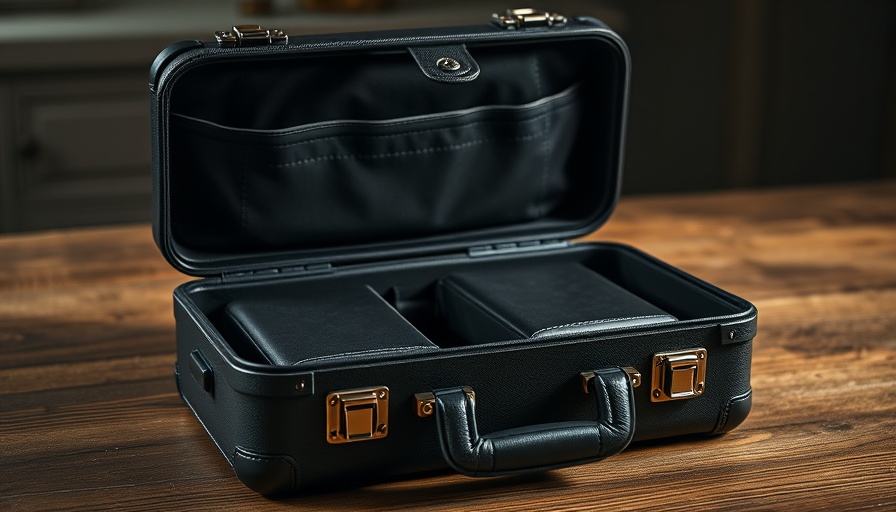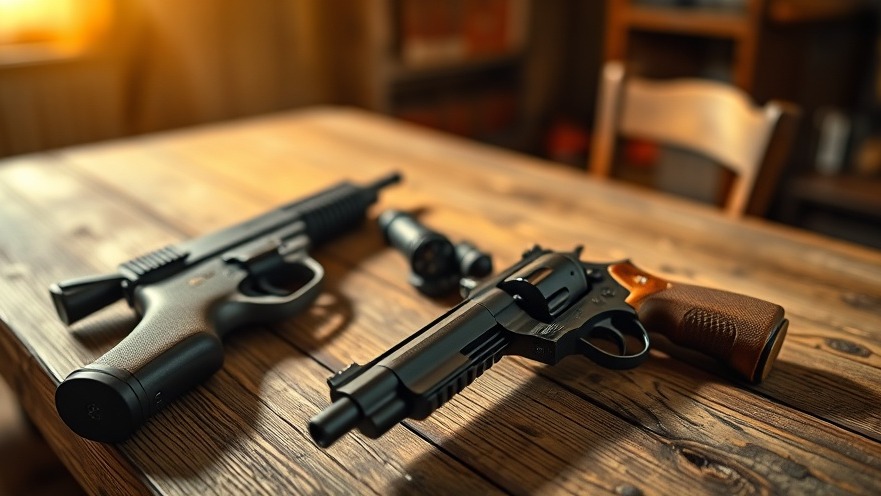
Understanding the Pennsylvania Carry Case and Its Implications
In a significant step towards defining gun rights and self-defense laws in Pennsylvania, the Second Amendment Foundation (SAF) has filed a response brief with the Supreme Court regarding a pivotal carry case. This case poses important questions about permitless carry, an issue that directly impacts citizens' rights to bear arms as guaranteed by the Second Amendment. As gun ownership continues to be a hotly debated topic across the United States, the outcome of this case could set a precedent not just within Pennsylvania but also for other states addressing similar legal battles.
The Arguments at Stake
At the core of SAF's argument are concerns that the restrictions on carrying firearms undermine the rights of individuals to protect themselves. By challenging the constitutionality of these restrictions, SAF is advocating for a broader interpretation of the Second Amendment that empowers law-abiding citizens rather than placing barriers on their ability to carry firearms responsibly. Importantly, the case draws upon the notion that self-defense is an inherent right, and by limiting how citizens can carry weapons, the state is infringing on these fundamental rights.
Historical Context and the Bigger Picture
This case is not isolated; it feeds into a larger national narrative surrounding gun rights, especially as states vary widely in their approach to firearm legislation. States like Texas and Alaska have begun to embrace permitless carry laws, allowing law-abiding citizens to carry firearms without requiring permits. Comparatively, Pennsylvania’s competing regulations present a stark contrast, highlighting how different interpretations of the Second Amendment can lead to confusing patchworks of gun laws across the nation.
The Broader Impact on Gun Owners
If the Supreme Court rules in favor of SAF, the implications could extend far beyond Pennsylvania’s borders. Gun owners across the nation could potentially benefit from a ruling that recognizes the right to carry as essential to self-defense. This case serves as a critical juncture for advocacy groups pushing for more relaxed gun laws. It underscores the significant cultural push towards recognizing firearm rights more expansively, and how favorable outcomes may empower other states to reevaluate their restrictions.
Taking Action: What It Means for Communities
Citizens concerned with their rights and safety should remain aware of the developments in this case. Being informed about local firearm laws and engaging in discussions about self-defense rights can potentially sway public opinion and legislative direction. Additionally, community engagement in advocacy efforts can amplify the pressure on lawmakers. As this case proceeds, it’s an opportune moment for individuals to foster dialogue about their rights to carry, ensuring that their voices are heard in this vital issue of personal safety and freedom.
 Add Row
Add Row  Add
Add 




Write A Comment